
Zoo de Bordeaux-Pessac
With a varied and interesting mix of wildlife, you can learn about the animals, conservation and about the zoo's research projects, whilst walking amidst the enclosures.
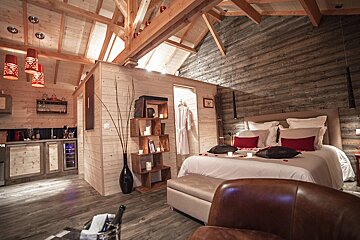
© D'Emilion de Sens
An ideal setting for a romantic getaway in the heart of the Aquitaine region and the Bordeaux vineyards
Two superb huts on stilts perched at 4 and 5 meters high in the treetops with panoramic views over the vineyards of the great Saint-Emilion and its forest of more than one hectare.
Two lodges with an area of 35 m2 with a 45m2 terrace, one on the theme of Saint Emilion with decoration dedicated to the world of wine and another to the colours and natural materials providing an atmosphere that is both refined and relaxing.
On the terrace you can enjoy a heated spa at 38°C, in private. The breakfast will be served at the time of your choice, inside or on the terrace for a magical moment in the heart of nature.

With a varied and interesting mix of wildlife, you can learn about the animals, conservation and about the zoo's research projects, whilst walking amidst the enclosures.

Since 1983 Vedettes La Bohême welcome you to visit the Cordouan lighthouse or to discover the mouth of the estuary of the Gironde.

With over 1000 animals to meet, from around 75 different species, from the very smallest, all the way up to the largest breeding camels in France.
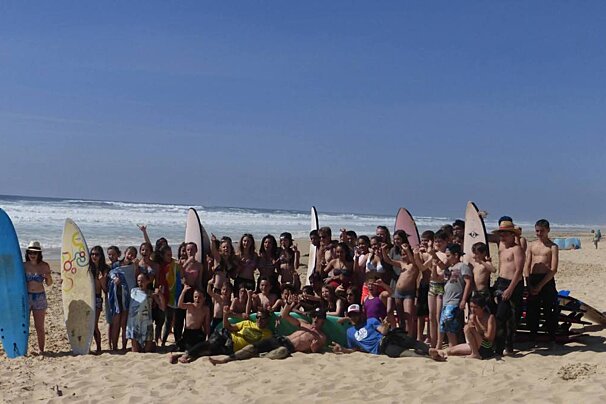
Whether it's your first time on a board or you've been surfing for years, So Nice Surf School will give you the guidance you need to get started or to improve your tricks in a cool, laid-back atmosphere.

You will be able to hire and learn how to drive a jet ski, with the assistance of qualified instructors, you can be on the water within 15 minutes.

Come and experience the ancient art of thousands of years... archery!
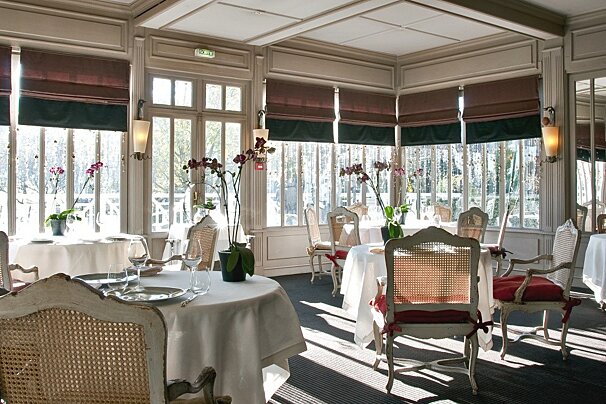
Chef Nicolas Masse offers in this restaurant a combination of traditional French cuisine, made with fresh seasonal ingredients from the southwest sourced from local producers, with unusual influences from all around the world. His creations can be paired with a large selection of wines, by the counsel of head sommelier Aurélien Farouil.
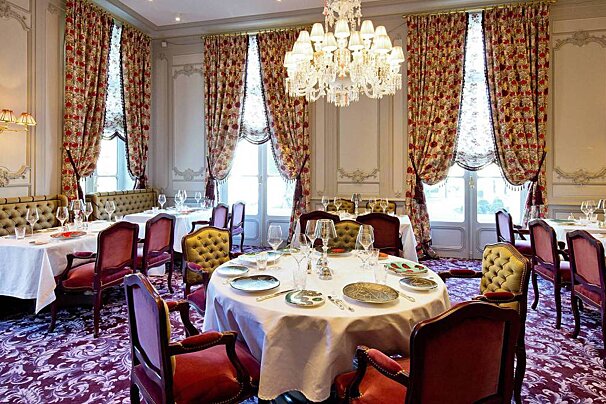
Situated in a gorgeous white stone townhouse built in the classical style of the late 19th century, this restaurant is part of the joint project of Bernard Magrez, owner of various wineries in the Bordeaux area, and Pierre Gagnaire.

This elegant and sophisticated two Michelin star restaurant offers creative dishes designed by chef Cédric Béchade, who plays with colours and textures in his cuisine.
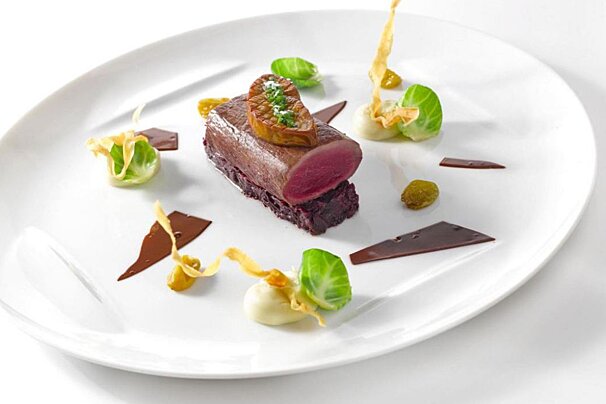
Situated in the luxurious surroundings of Le Grand Hotel de Bordeaux, this restaurant offers diners an elegant yet intimate restaurant styled in a palette of mauve and orange with a handcrafted marquetry floor.

This restaurant produces French classic dishes combined with inspiration drawn from other parts of the world. The ingredients they use are fresh, local, sustainable and organic when possible.

Located in the centre of the town of La Brède, this gourmet restaurant serves original and refined French cuisine made with fresh regional ingredients.

This bar has an old-fashioned decoration that creates a very warm atmosphere. Their wine list includes many French references, as well as from other parts of the world. They can be enjoyed in their cosy interior or the patio, accompanied by selections of local delicatessen.
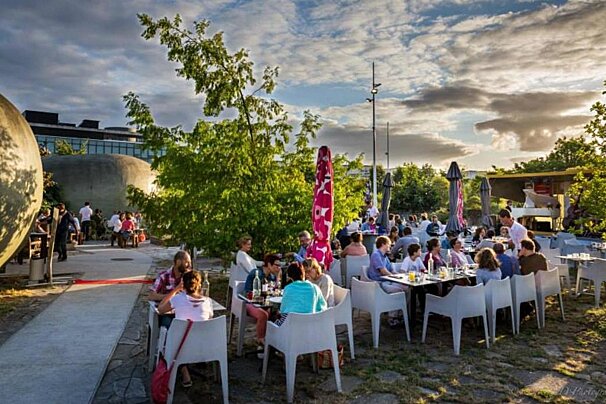
A diverse music programming that showcases some of the best local and national talent in jazz, music of the World, blues and many other expressions.

Centrally located, this bar offers a large selection of wines, especially French but also from other parts of the world. Customers can taste them through a self-service method, and they can be accompanied by regional delicatessen.

The beautiful building of Chateau Deganne was converted in 1904 into a casino. In the early twentieth century Paris and Bordeaux bourgeoisie came to spend the summer in Arcachon. Thus the town had to create distractions - a casino.

One of the best places to taste wines from the Bordeaux region. Located on the ground floor of the headquarters of the Conseil Interprofessionel du Vin de Bordeaux, the bar's team is very knowledgeable and passionate. They give tasting advice, extensive information on the grapes and suggestions for matching food and wine.

Situated at the foot of the historical Porte Cailhau, this bar has a list of more than 100 wines. They are focused on international products as well as some lesser-known wines from Bordeaux.
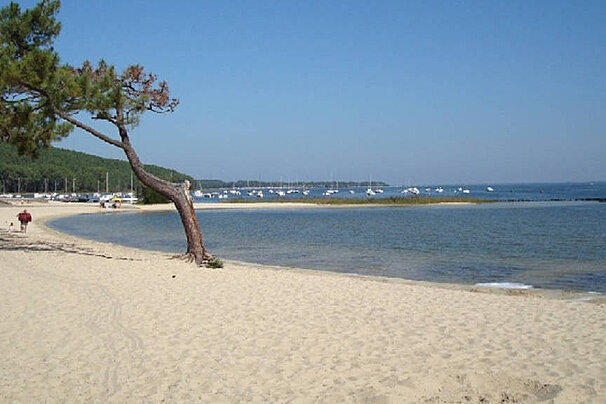
A protected natural reserve with wild marshes, sand dunes and pine forests, this huge body of water is perfect for outdoor activities such as sailing, swimming, water skiing, windsurfing, canoeing, fishing, kite surfing, paddle boarding, or walking and biking along the trails and cycle paths that line the shores of the lake.
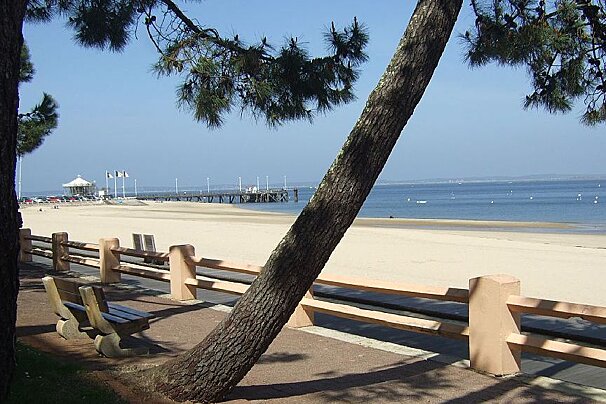
A small, peaceful and tranquil beach that is situated at the entrance to the marina and is the most sheltered of all the beaches around Arcachon due to its location within the basin.
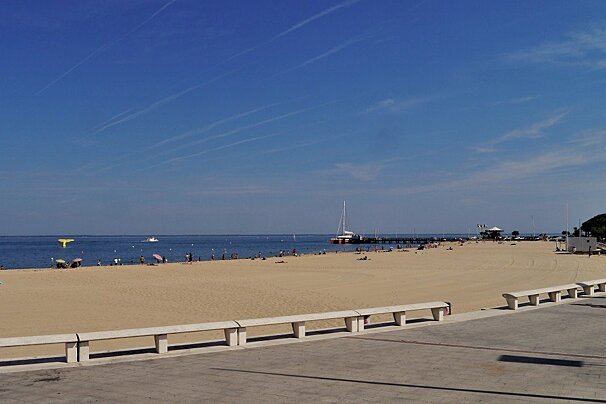
An 800m strip of white sand situated between the Theirs and Eyrac piers this beach is very much in the Arcachon basin and sheltered from the strong Altlantic winds on the coast.

Over time, the wind and ocean currents have gradually created a wall of sand dunes, behind which streams and rivers have allowed the formation of lakes and freshwater ponds.
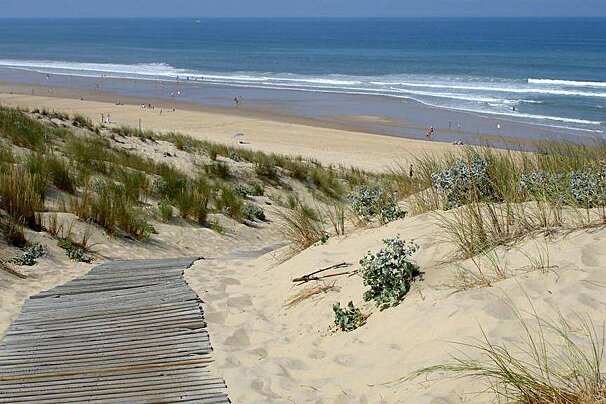
Le Porge beach is also known for its large waves and strong undertow, even if the rescuers are not far away, you must remain cautious as you would for many of the ocean beaches.

Backed by the small town of Carcans Océan, this white sand beach on the western Atlantic coast is a popular surf spot.
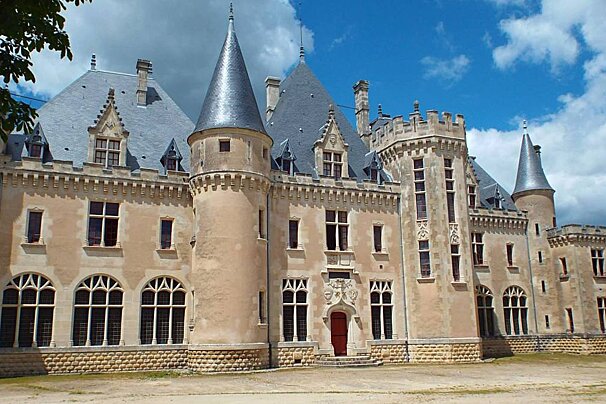
The home and birth place of Michel de Montaigne (1533-1592), he was one of the most significant philosophers of the French Renaissance, known for popularising the essay as a literary genre.
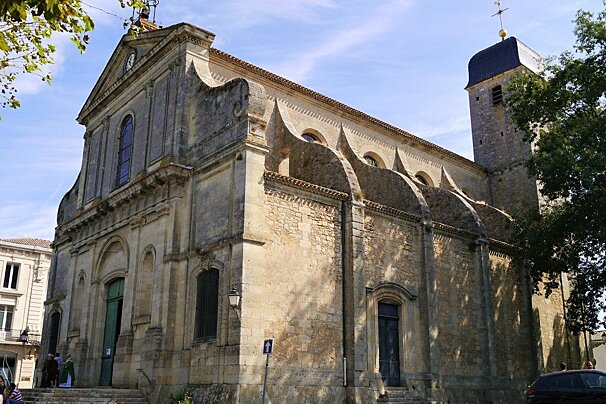
This impressive church was built in 1740 under the patronage of the Marchal of Turenne, count of Castillon, who had left money to the city in his will.
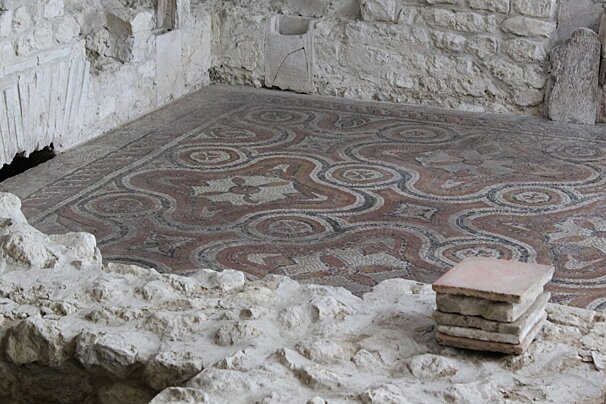
The remains have been partly excavated (only about a tenth) and are a magnificent archaeological example.
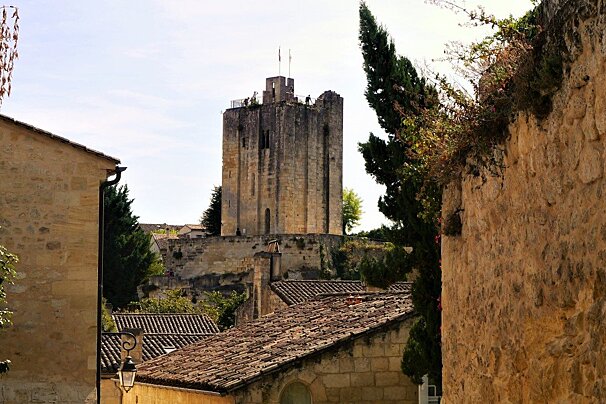
Sited to the west of Saint-Emilion, the impressive square stone keep of this grand King's castle is all that now remains. The views of the city from the tower are well worth the 118 steps.

The monks originally lived just outside Saint-Emilion, but in 1338 they obtained permission from the Pope to establish a monastery within the walls. The cloister was built in the 14th-century.
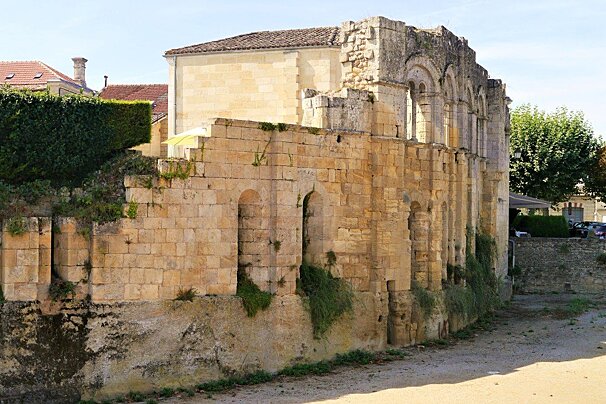
Gifted to Gaillard de la Mothe by his uncle Bertrand de Goth, Archbishop of Bordeaux, who later became Pope Clement V, the Cardinal Palace sits at the entrance to the city of Saint Emilion.

You get a sense of this town's history as soon as you arrive, with are flags and coats of arms lining the roads that lead you to the main square.
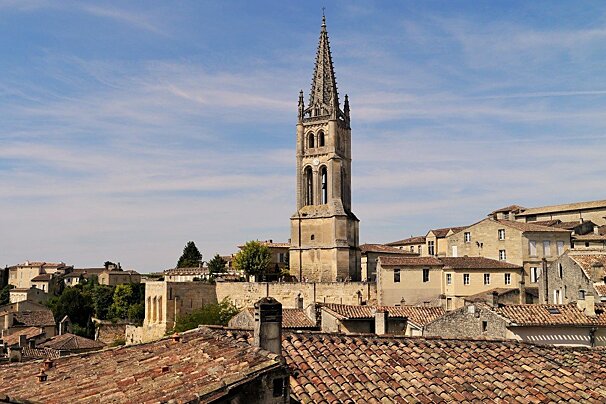
Vineyards were planted around this old town in Roman times and whilst most people associate the name with the wine, the town itself is worth a visit for its ramparted old centre with interesting Romanesque churches and an incredible underground monolithic church.
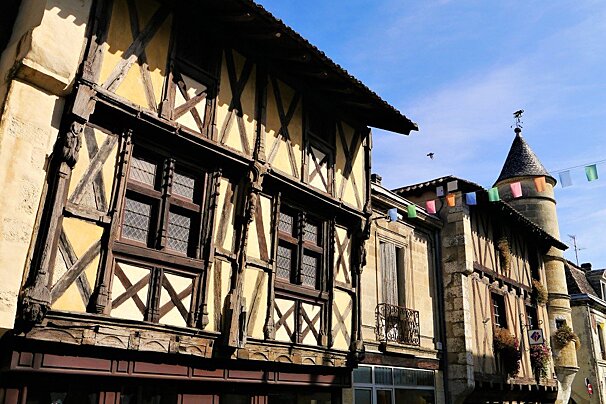
Sainte-Foy-la-Grande sits on the south bank of the Dordogne river. This attractive walled bastide town still has some of its medieval houses and is a good base for visiting the surrounding Sainte-Foy-Bordeaux wine region and nearby Château de Montaigne, home of Michel de Montaigne.
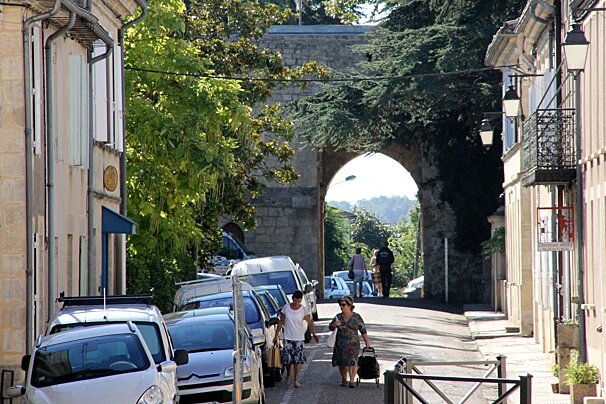
It has the typical square layout around a central market square that is common with towns of that time and they still hold a market there on Tuesday mornings. It's a good example of a bastide town; these towns were established mainly as commercial centres, encouraged by incentives set down in a charter.
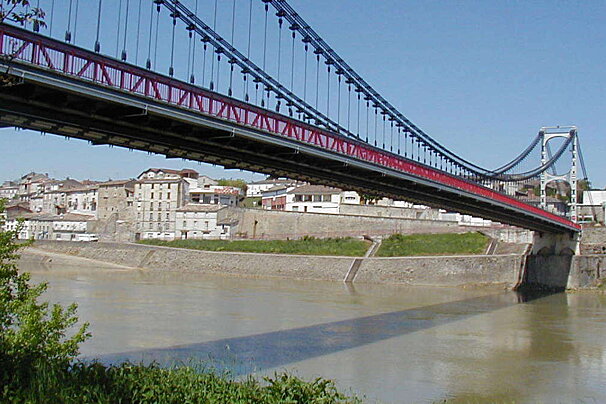
This hilly town used to be the second largest in the region during medieval times, and it's home to the oldest town hall in France dating back to the 12th century.

The pretty town of Saint-Macaire is a good base for seeing the area around Langon. It dates back to the 1st century AD and grew as a battlement town in the first half of the last millennium.